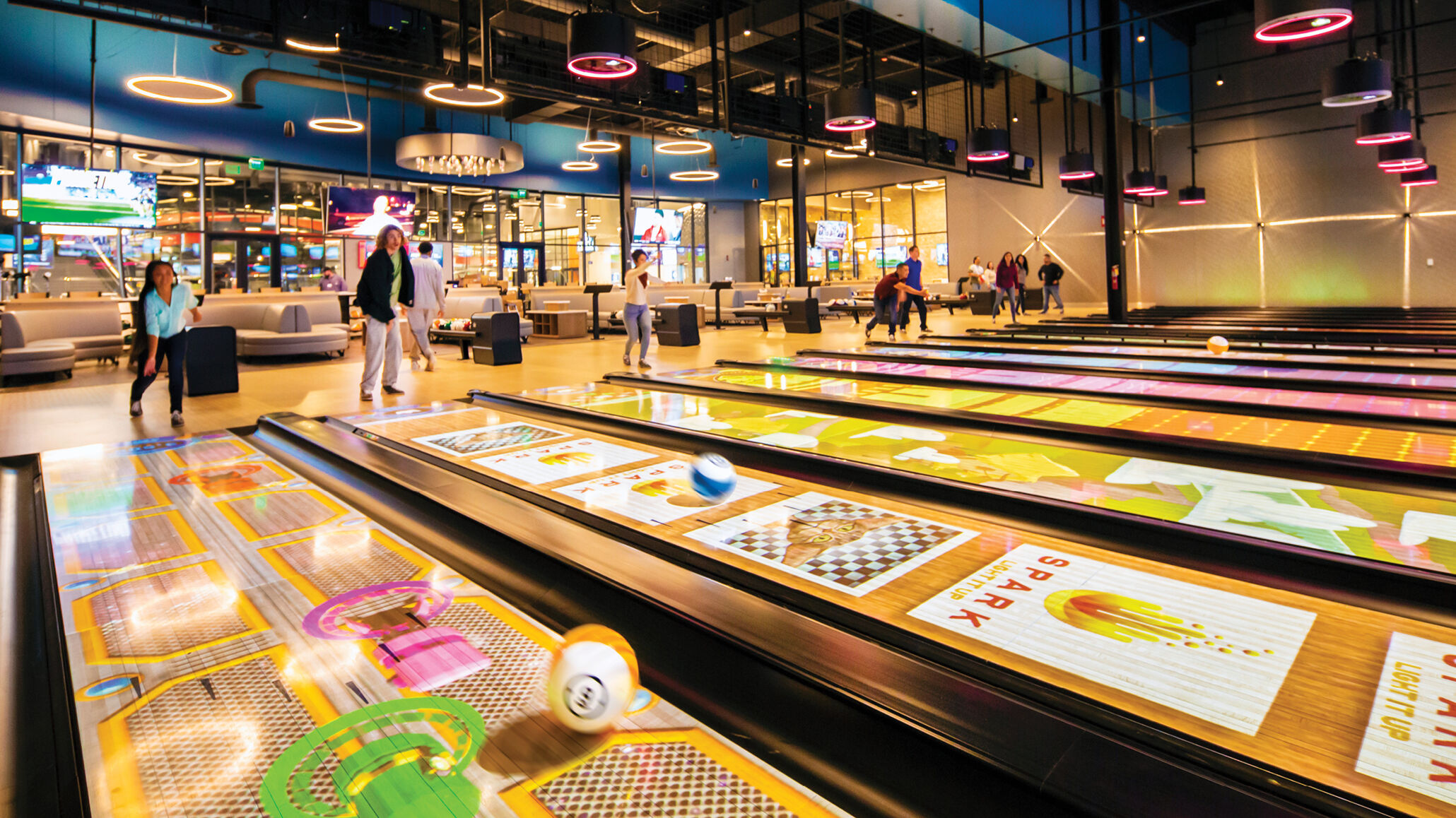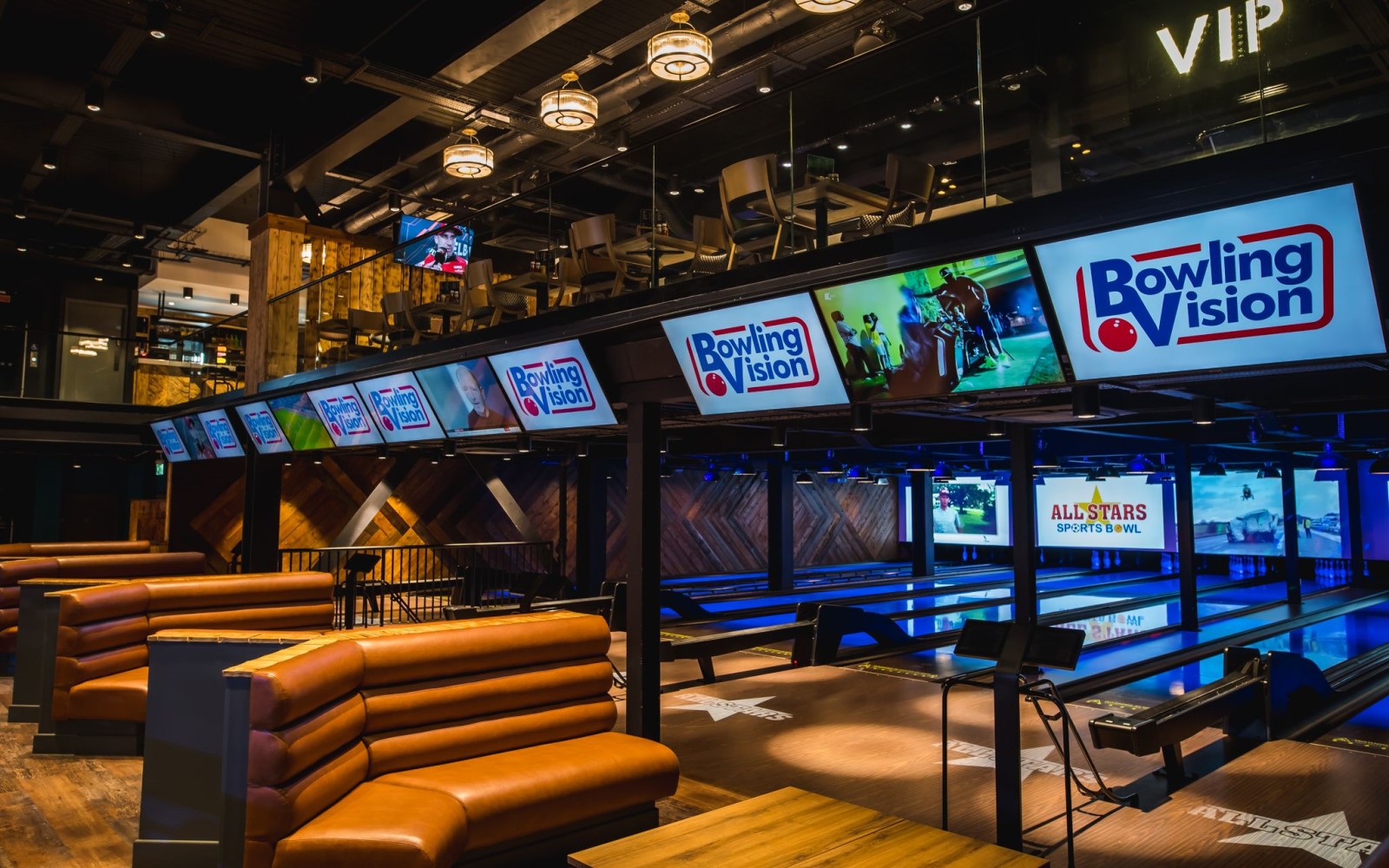The measure of revenue from an average customer is a popular performance metric in most industries, although it does have different names depending on what field you’re working in. Retail businesses talk about the Average Basket Value (ABV), hotels Revenue Per Available Room (RevPAR) and subscription services tend to track Average Revenue per User (ARU). In Hospitality and Leisure businesses which provide activities or entertainment, and therefore have trackable footfall, we tend to use Spend per Head (SpH).
Bowling Vision’s Centre Support Team Manager, Matt Barnwell, has written a series of posts exploring the concept of F&B SpH and looks a variety of ways to positively influence it. Here is his first installment …
How is it measured?
SpH can be tracked across the whole business, or just in individual areas of focus. It’s usually most useful to split down your SpH tracking into different revenue streams where possible, as it makes the modelling of change most effective. In this series of articles, we’ll be looking at measuring how much F&B revenue is spent by each of your customers, on average – as well as ways to improve this of course.
Calculating F&B SpH is quite simple – we just need to divide the total F&B revenue by the number of people using the venue in the period being analysed – which we call Footfall. Let’s take an example of an Adventure Golf course.

Gross or Net (of VAT)?
While we would normally only use figures that are Net of VAT, one of the major benefits of knowing your SpH figure is working out how to make small changes which will improve it. Given that these changes tend to relate to the purchase of individual items (e.g. Coffees, pints of beer, paninis), it tends to work best to keep your SpH calculation as a Gross Figure.
That way, if we offer an extra shot of Espresso for £1.00, we know that this should make a direct £1.00 impact on our SpH. It’s then really easy to explain this to the staff who are doing the selling, and demonstrate it in reports – both absolutely key to the success of any SpH driving activity.
What if I have multiple activities?
It’s quite common to have venues with multiple activities – for example, Tenpin Bowling and Laser Tag together. In this circumstance, what about the people who do both activities? The measure of Footfall would usually use players of Tenpin Bowling and players of Laser Tag – potentially someone may do both, so we risk counting them twice.
We could work out some sort of complex method of adjusting for this, however, it doesn’t really matter. What we tend to use SpH figures for is benchmarking – effectively we will have a start point, and then we try a variety of things to improve from there, measured by whether the SpH goes up or down. With that in mind, it doesn’t particularly matter if there’s a small element of inaccuracy in the Footfall calculation, as long as that inaccuracy is consistent. If you always count each Bowler as 0.9 and Laser Tag player as 0.8 in an attempt to adjust for people doing both activities, that’s fine – as long as you do that each and every time you run the calculation. Equally, if we just treat every activity player as an individual Footfall count, then that’s fine too – as long as it’s consistent.
What if some people don't pay to use the activity?
There are a couple of different circumstances where this commonly applies.
A) The additional people are accompanying paying users – for example a Soft Play.
In this situation, we take the same view as above. Potentially we could apply some sort of calculation – when we’re creating financial models for new business for example, we assume that every Soft Play using child (who pays, and we can track) is accompanied by an average of 1 adult (who doesn’t pay, so we can’t track) – so, each child is counted as 1.5 Footfall. Alternatively, just count the Footfall straight from the paying entries – as long as this is consistent, it will provide the same benefit.
B) The activity is something where footfall isn’t measured by paying entries – for example a bar (with no door charge), a restaurant or a free exhibition.
In most of these circumstances we have other key metrics that can be used – such as Average Transaction Value, and SpH probably isn’t the right choice.
Look out for part 2 of this series on our website blog.
Originally posted by Matt Barnwell on LinkedIn





